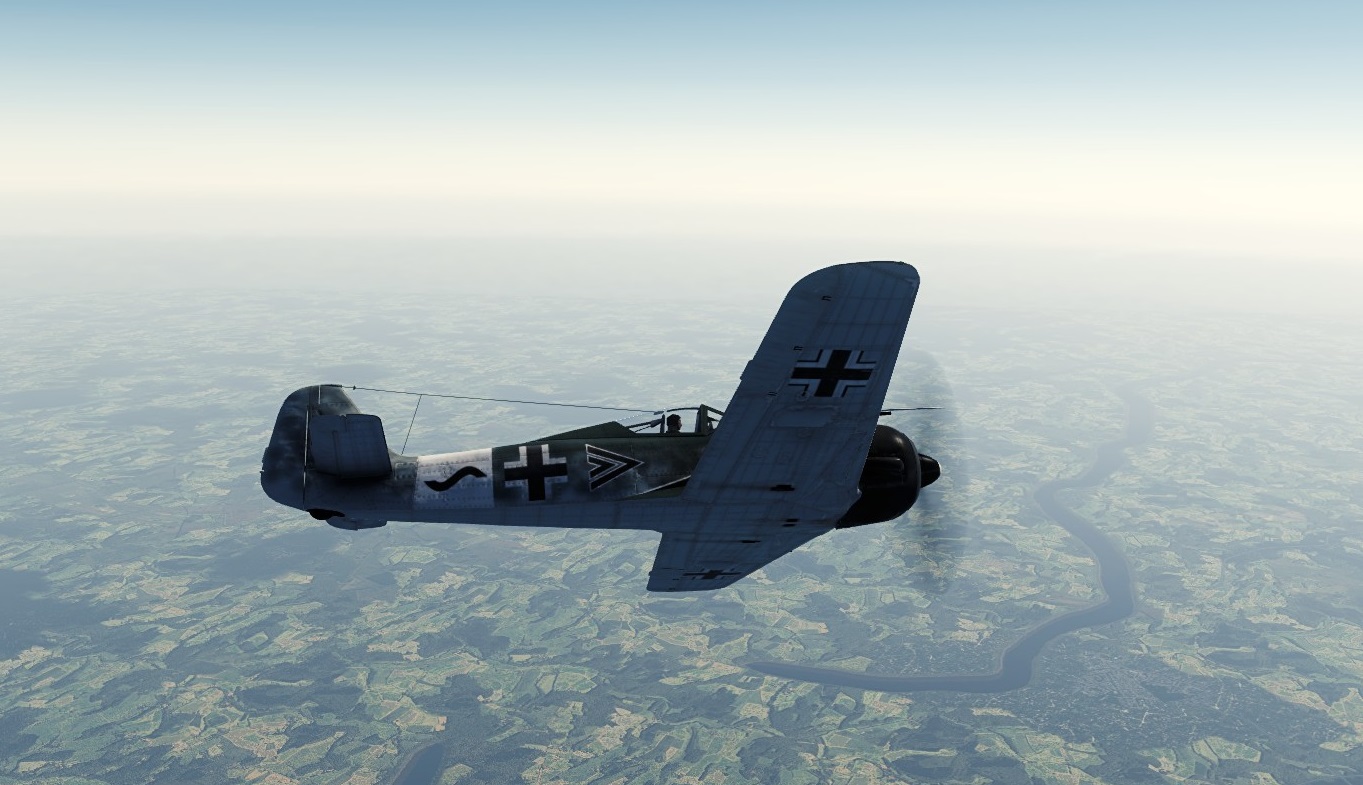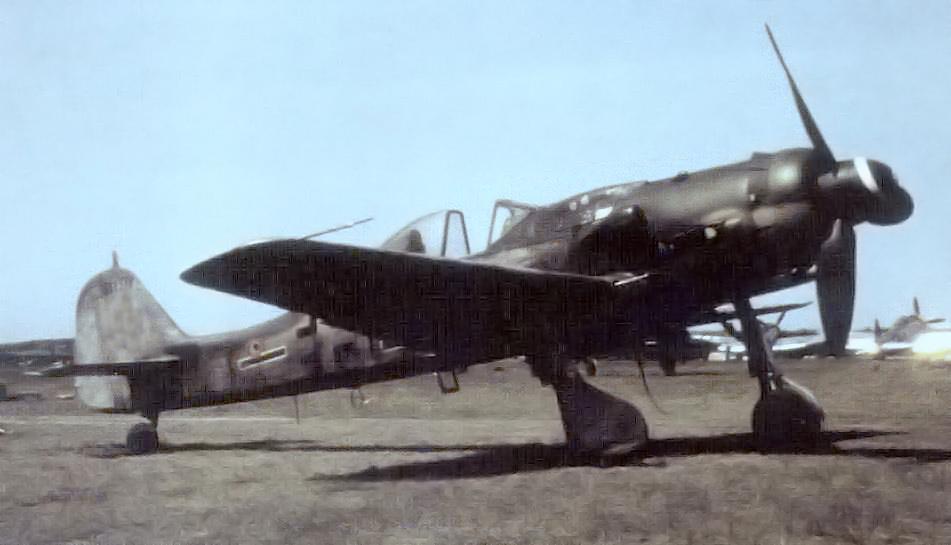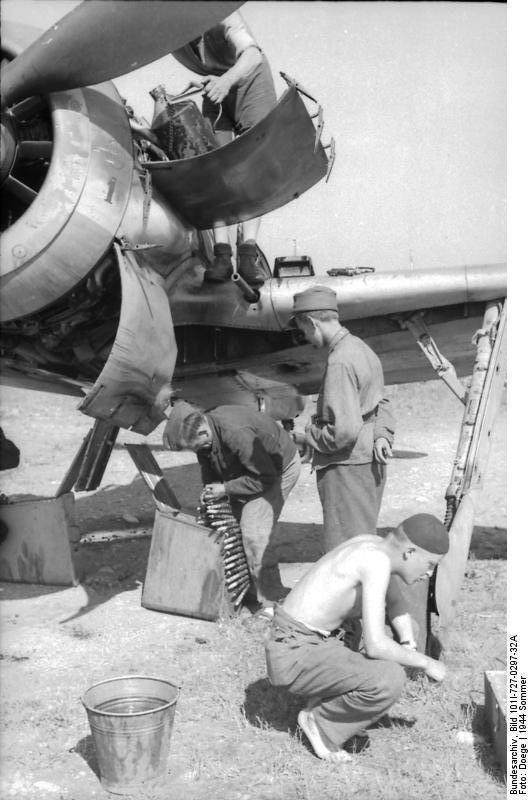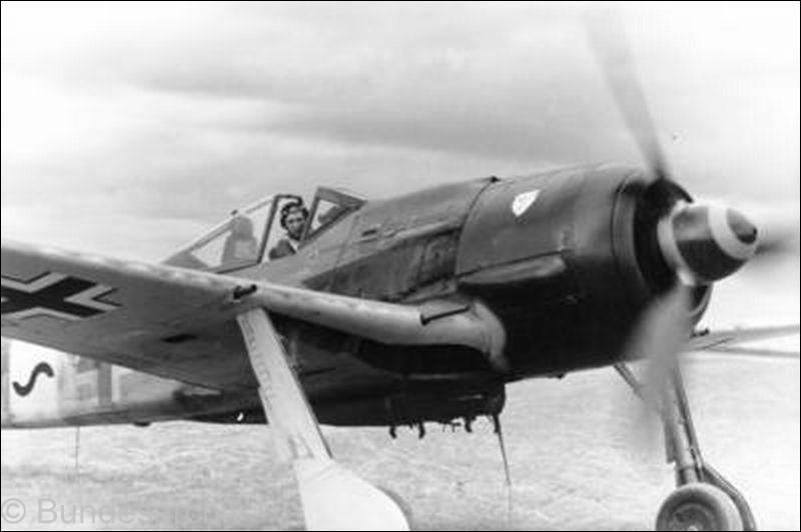
- For PC
- For MAC
- For Linux
- OS: Windows 10 (64 bit)
- Processor: Dual-Core 2.2 GHz
- Memory: 4GB
- Video Card: DirectX 11 level video card: AMD Radeon 77XX / NVIDIA GeForce GTX 660. The minimum supported resolution for the game is 720p.
- Network: Broadband Internet connection
- Hard Drive: 23.1 GB (Minimal client)
- OS: Windows 10/11 (64 bit)
- Processor: Intel Core i5 or Ryzen 5 3600 and better
- Memory: 16 GB and more
- Video Card: DirectX 11 level video card or higher and drivers: Nvidia GeForce 1060 and higher, Radeon RX 570 and higher
- Network: Broadband Internet connection
- Hard Drive: 75.9 GB (Full client)
- OS: Mac OS Big Sur 11.0 or newer
- Processor: Core i5, minimum 2.2GHz (Intel Xeon is not supported)
- Memory: 6 GB
- Video Card: Intel Iris Pro 5200 (Mac), or analog from AMD/Nvidia for Mac. Minimum supported resolution for the game is 720p with Metal support.
- Network: Broadband Internet connection
- Hard Drive: 22.1 GB (Minimal client)
- OS: Mac OS Big Sur 11.0 or newer
- Processor: Core i7 (Intel Xeon is not supported)
- Memory: 8 GB
- Video Card: Radeon Vega II or higher with Metal support.
- Network: Broadband Internet connection
- Hard Drive: 62.2 GB (Full client)
- OS: Most modern 64bit Linux distributions
- Processor: Dual-Core 2.4 GHz
- Memory: 4 GB
- Video Card: NVIDIA 660 with latest proprietary drivers (not older than 6 months) / similar AMD with latest proprietary drivers (not older than 6 months; the minimum supported resolution for the game is 720p) with Vulkan support.
- Network: Broadband Internet connection
- Hard Drive: 22.1 GB (Minimal client)
- OS: Ubuntu 20.04 64bit
- Processor: Intel Core i7
- Memory: 16 GB
- Video Card: NVIDIA 1060 with latest proprietary drivers (not older than 6 months) / similar AMD (Radeon RX 570) with latest proprietary drivers (not older than 6 months) with Vulkan support.
- Network: Broadband Internet connection
- Hard Drive: 62.2 GB (Full client)


The Focke-Wulf Fw 190 was a series of single-seat German fighter aircraft during the Second World War, designed as an all-metal plane with cantilever wings. With its robust construction, it was employed as the second standard fighter of the German Luftwaffe, ideally complementing the filigree Messerschmitt Bf 109 as a heavily armed weapons platform.
It is without doubt that the ideas and proposals of Kurt Tank, chief designer at Focke-Wulf, at least partially influenced the decision that Focke-Wulf was to develop the new fighter. He compared the fastest fighter aircraft of that time, the Bf 109 and the British Supermarine Spitfire, to ‘racehorses’, which were able to outperform any other aircraft while being of delicate and vulnerable nature. With the Fw 190, Tank envisioned an aircraft that could also operate under unfavorable conditions, e.g. with inexperienced pilots and shortly trained ground personnel while combining excellent flight performance with good armament. The new aircraft was thus not intended to become another ‘racehorse’, but should rather be a proper ‘workhorse’.

Development at Focke-Wulf started around 1938 under the command of Kurt Tank. Contrary to the Bf 109 from Messerschmitt, which used the liquid-cooled DB 601 inline engine, the initial Fw 190 was equipped with the air-cooled BMW 139 radial engine. This very basic design decision was especially influenced by the then Lt. General of the Luftwaffe, Ernst Udet, who not only hoped to ease stress on the v-engine industry, but also considered the radial engine’s decreased vulnerability against enemy fire when compared to an inline engine. But not only the engine was robust. The big running wheels of the sturdy and long landing gears allowed a safe start and landing, even on the worst landing strips. Additionally, the full-length wing spar was very resilient and allowed for relatively low risk maneuvers near the breaking point, without risking a structural break down. Additional armor protected the cockpit as well as the self-sealing fuel tanks in the airframe and with at least four machine guns or machine cannons the plane was equipped with appropriate firepower.
The first flight of the ‘Würger’ was carried out 75 years ago with the prototype version Fw 190 V1 on the 1st of June, 1939, by chief test pilot Hans Sander in Bremen, Northern Germany. The first model to reach the units was the Fw 190 A-1 about two years afterwards, which received a new radial engine, the BMW 801, as well as four 7.92 mm MG17 machine guns and two 20 mm MG/FF machine cannons and other technical improvements. The British Royal Air Force, when meeting the new aircraft in combat for the first time, observed with shock that the Fw 190 A-1 was technically superior to the then most advanced Supermarine Spitfire Mk.V, especially regarding roll rate and top speed. The Fw 190 was also successful on the Eastern Front, where it saw an increased use as a Ground Attack aircraft.

The Fw 190 was upgraded or modified many times during the war and was also used as a night fighter, reconnaissance aircraft and fighter-bomber. The Fw 190 D-series broke with the traditional design of the Fw 190 and was equipped with a powerful, liquid-cooled inline engine to make it usable as a high-altitude fighter. To create room for the bigger inline engine, the nose was lengthened, which contributed to the new nickname ‘Langnase’ or ‘long nose’.
A total of around 19.500 Fw 190 aircraft were constructed during the war, which were used successfully on all fronts. Especially in the final phase of the war, the ‘workhorse’ proved its worth in the so-called ‘Defense of the Reich’, where it carried out most of the fighting against the overwhelming masses of heavily armed allied bombers over Germany.
The War Thunder Team



